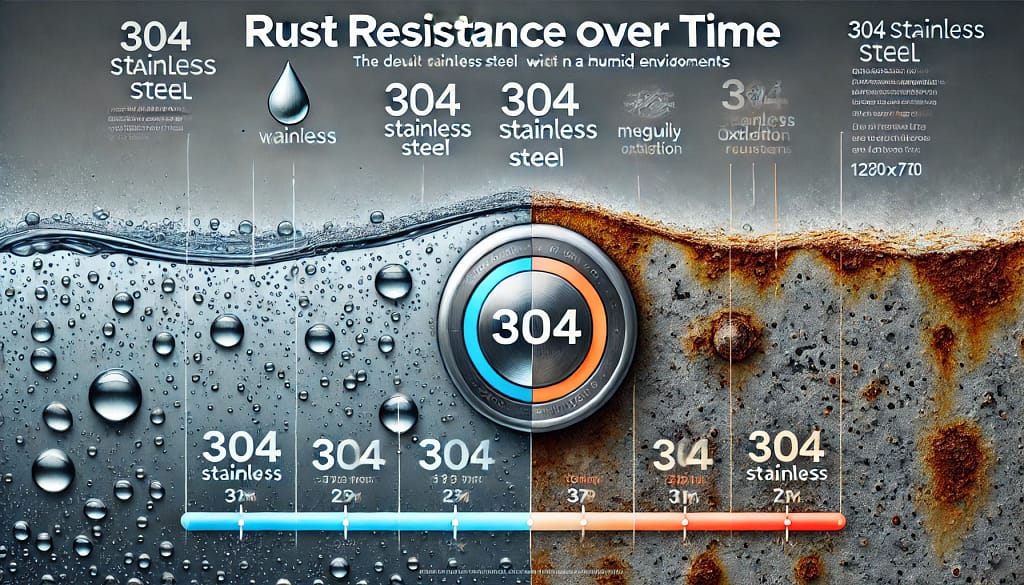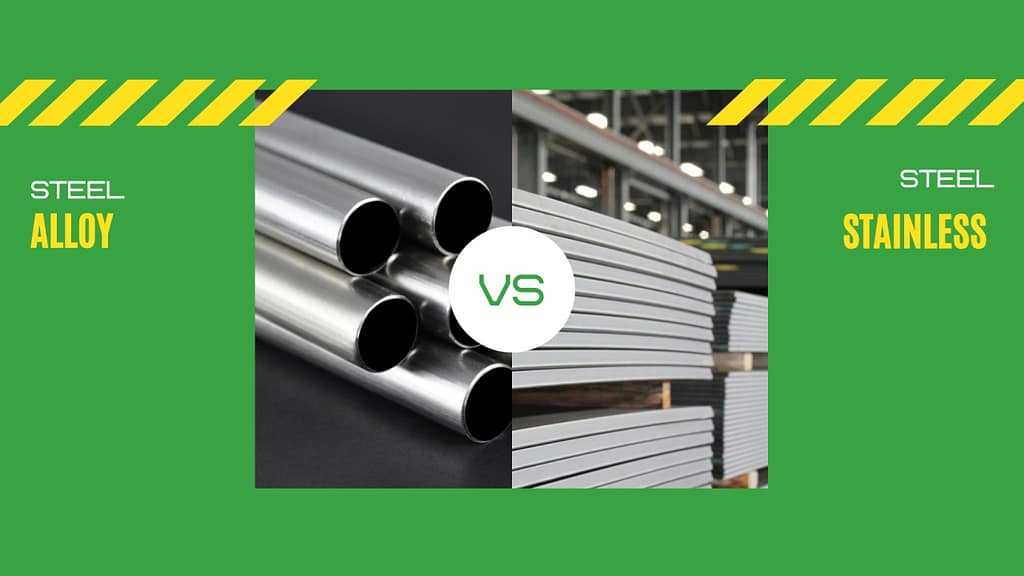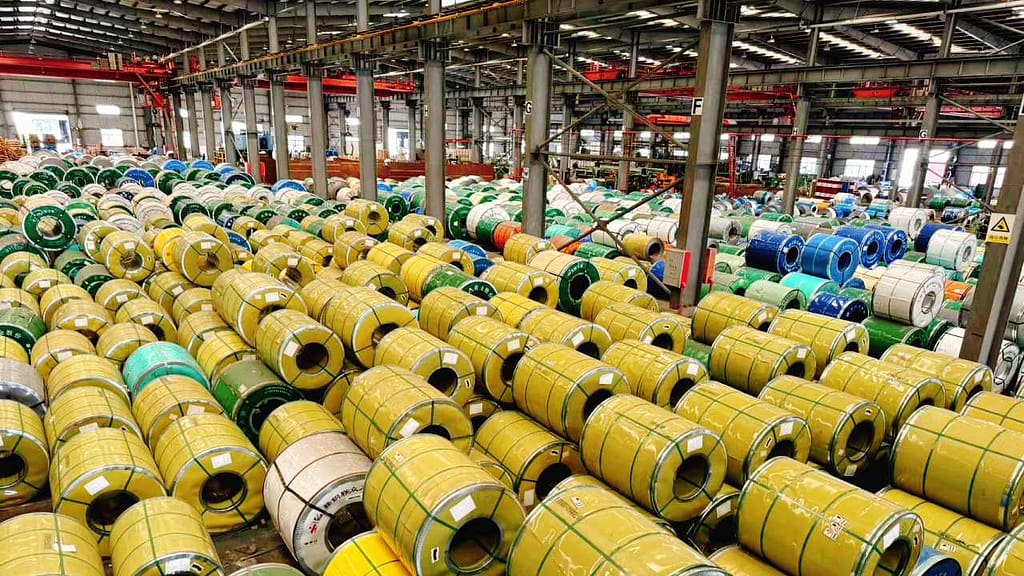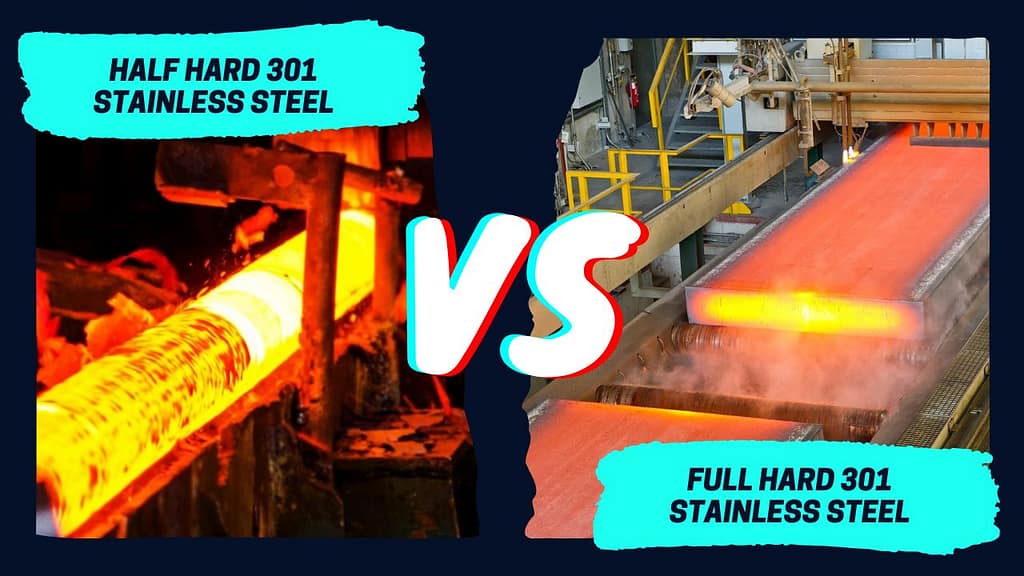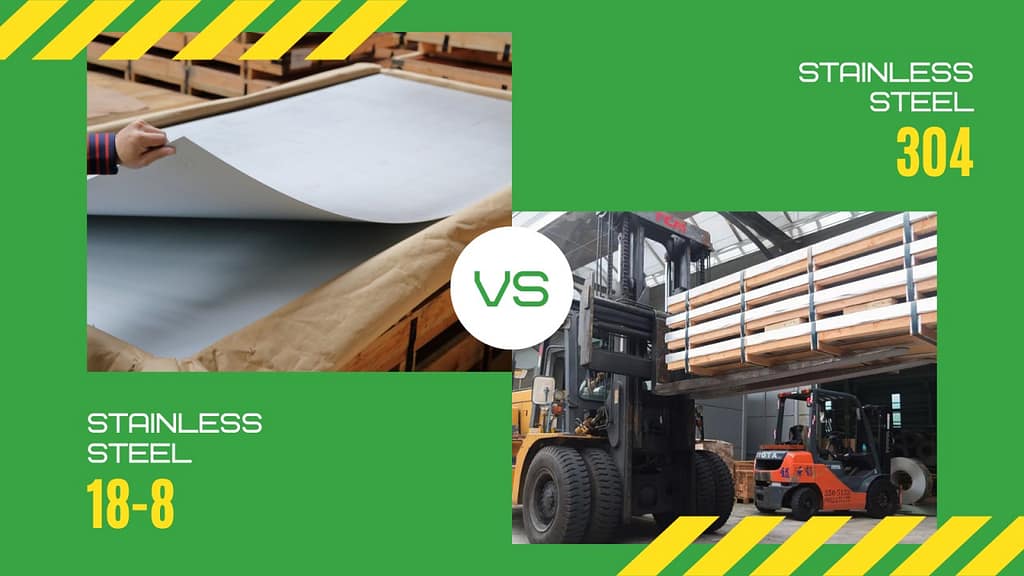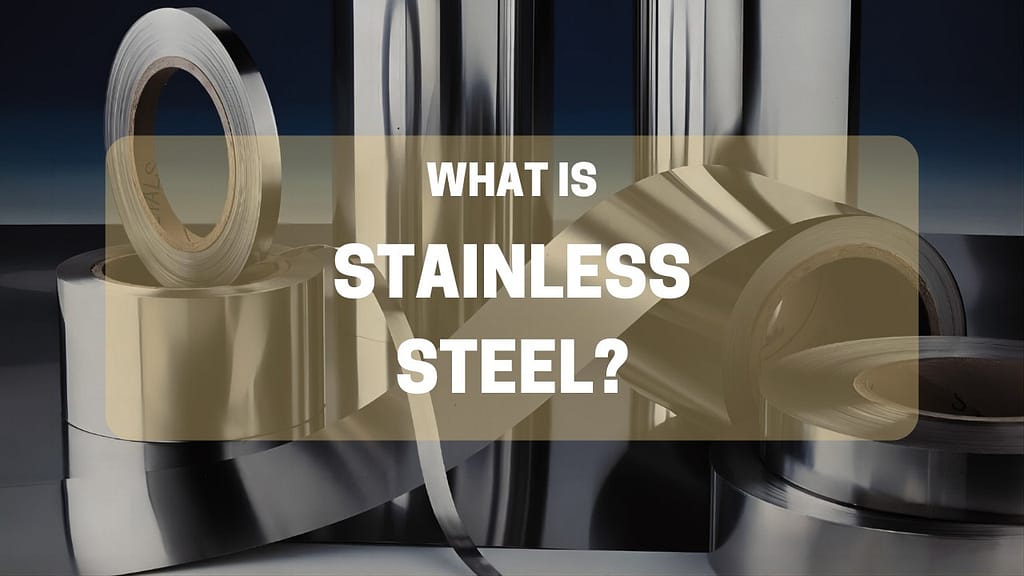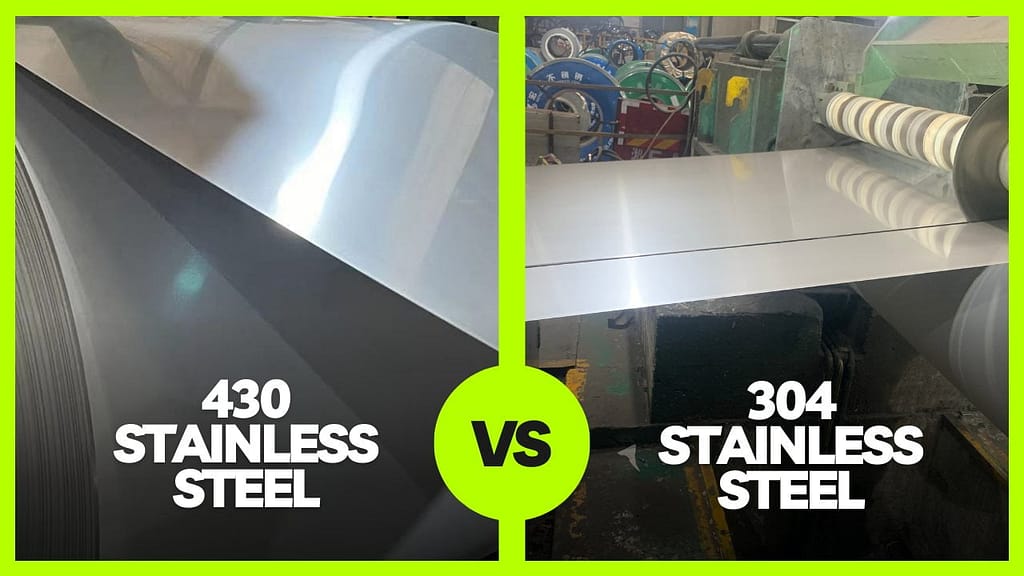How Long Does It Take 304 Stainless Steel to Rust?
How Long Does It Take 304 Stainless Steel to Rust? Introduction When it comes to materials used in construction, manufacturing, and household items, stainless steel is often the go-to choice due to its durability and resistance to corrosion. Among the various grades, 304 stainless steel is one of the most widely used. However, many people wonder: how long does it take for 304 stainless steel to rust? Let’s dive into the world of stainless steel, explore what rust is, the factors influencing corrosion, and how to maintain this remarkable material. Understanding Stainless Steel Before we tackle the rust question, it’s essential to understand what stainless steel is. Stainless steel is an alloy primarily made of iron, with a minimum of 10.5% chromium. This chromium content is what gives stainless steel its “stainless” properties, as it forms a protective layer of chromium oxide on the surface. This layer is incredibly thin and prevents moisture and oxygen from penetrating the metal underneath. The Composition of 304 Stainless Steel 304 stainless steel is an austenitic grade that contains approximately 18% chromium and 8% nickel. This combination not only enhances its corrosion resistance but also improves its formability and weldability. Because of these qualities, 304 stainless steel is commonly found in kitchen equipment, food processing, and medical devices. The Nature of Rust Rust is a specific form of corrosion that affects iron and its alloys. When iron reacts with moisture and oxygen, it forms iron oxide, commonly known as rust. This process can happen quickly in the right conditions. However, stainless steel, particularly 304 grade, has properties that significantly reduce the likelihood of rusting. Why Doesn’t 304 Stainless Steel Rust? The protective chromium oxide layer is crucial in preventing rust. As long as this layer remains intact, 304 stainless steel can withstand exposure to moisture and air. However, if this layer gets damaged—through scratches, improper cleaning, or harsh chemicals—the underlying steel can become vulnerable. Environment The environment plays a significant role in the corrosion process. For example, areas with high humidity or salty air (such as coastal regions) can accelerate corrosion. In these conditions, stainless steel can develop surface rust or staining within a few months to a couple of years. Exposure to Chlorides Chloride ions, commonly found in saltwater or de-icing salts, can attack the chromium oxide layer, leading to pitting corrosion. In marine environments, 304 stainless steel may start to show signs of corrosion much faster compared to drier conditions. Temperature Higher temperatures can increase the rate of corrosion. Elevated temperatures can accelerate the reaction between the steel and corrosive agents in the environment. In industrial settings where equipment is exposed to heat and moisture, 304 stainless steel may corrode more quickly. Mechanical Damage Scratches and abrasions can compromise the protective layer of chromium oxide, exposing the underlying steel to corrosive elements. Regular use and contact with rough surfaces can lead to this type of damage. Chemical Exposure Certain chemicals can be highly corrosive to stainless steel. Acids, bleach, and other harsh cleaners can degrade the protective layer, increasing the likelihood of rust formation. How Long Does It Take for 304 Stainless Steel to Rust? The timeline for rust appearance on 304 stainless steel is not straightforward. In ideal conditions, this material can resist rust for many years, sometimes even decades. However, under harsh or corrosive environments, signs of rust can appear in just a few months. Ideal Conditions In ideal conditions—clean, dry, and free from chlorides—304 stainless steel can maintain its appearance for many years without showing any signs of rust. This is why it’s popular for indoor applications, such as kitchen countertops and appliances. Moderate Conditions In more moderate conditions—like a slightly humid environment or occasional exposure to moisture—304 stainless steel might start to show minor discoloration or surface rust after 1 to 3 years. Harsh Conditions In harsh environments, such as coastal areas with salty air or industrial settings with high humidity and exposure to chemicals, rust can develop within a few months. In such cases, proper maintenance becomes crucial to prolong the life of the material. Preventing Rust on 304 Stainless Steel Given that rust can occur under certain conditions, it’s important to adopt preventive measures to maintain the integrity of 304 stainless steel. Here are some tips: 1. Regular Cleaning Cleaning stainless steel regularly helps remove any contaminants that might compromise the protective layer. Use mild detergents and soft cloths or sponges to avoid scratches. 2. Avoid Harsh Chemicals Steer clear of using harsh chemicals that can damage the chromium oxide layer. If you must use cleaners, opt for those specifically designed for stainless steel. 3. Inspect for Damage Regularly inspect your stainless steel items for scratches or damage. If you notice any compromised areas, consider reapplying a protective coating or polish designed for stainless steel. 4. Use in Appropriate Environments If possible, use 304 stainless steel in environments that align with its corrosion resistance capabilities. For harsher environments, consider using higher-grade stainless steel, like 316 stainless steel, which contains molybdenum for added resistance to chlorides. 5. Utilize Protective Coatings In particularly aggressive environments, applying a protective coating can add an extra layer of defense against corrosion. Conclusion In summary, 304 stainless steel is remarkably resistant to rust, thanks to its chromium content. While it can withstand many conditions, it’s not completely immune to corrosion, particularly in harsh environments. The timeline for rust formation varies significantly, ranging from months to decades, depending on environmental factors and maintenance practices. By understanding how to care for 304 stainless steel, you can ensure its longevity and maintain its aesthetic appeal. Frequently Asked Questions Can 304 stainless steel rust? Yes, while 304 stainless steel is highly resistant to rust, it can corrode under certain conditions, particularly when exposed to harsh environments or chemicals. What can I do to prevent rust on 304 stainless steel? Regular cleaning, avoiding harsh chemicals, inspecting for damage, and using the material in appropriate environments can help prevent rust. Is 316 stainless steel better for corrosion …
How Long Does It Take 304 Stainless Steel to Rust? Read More »

